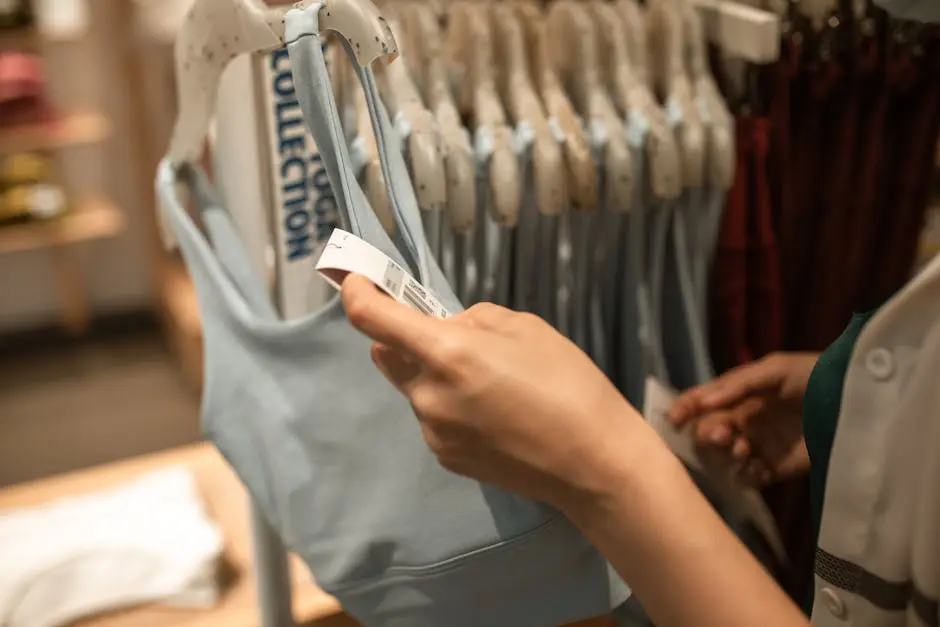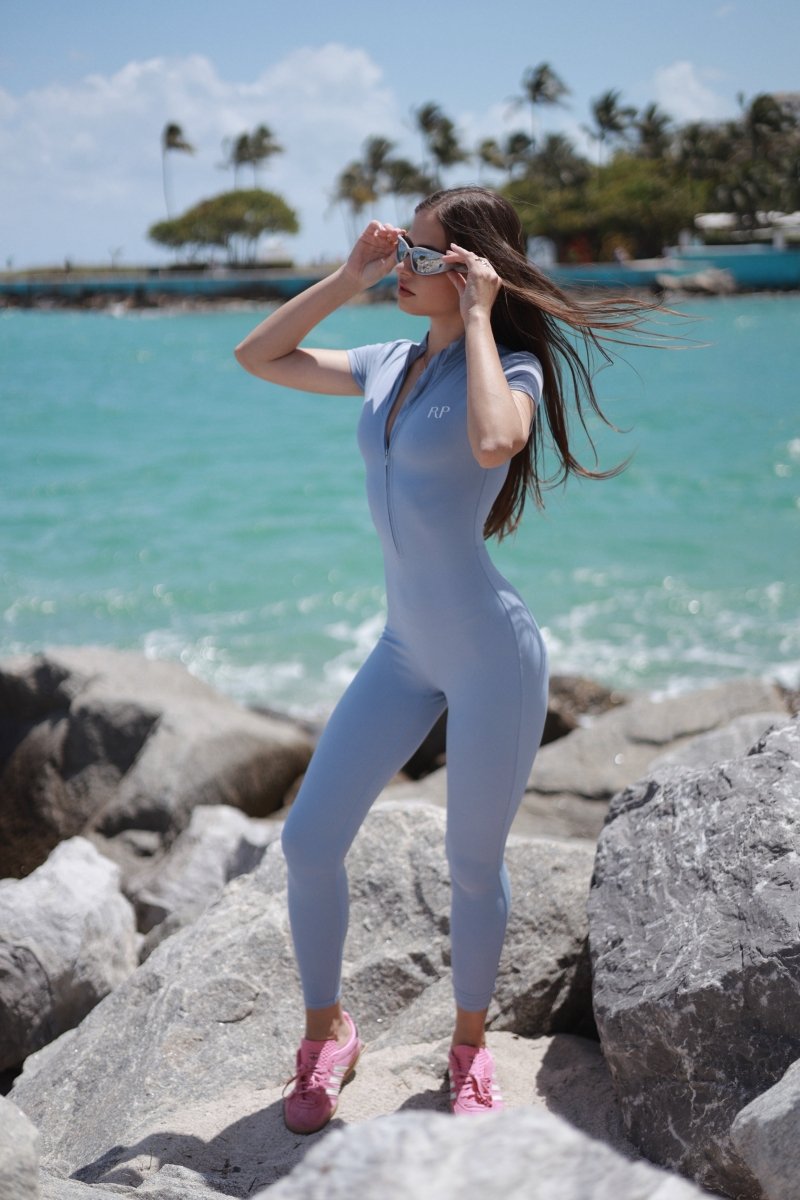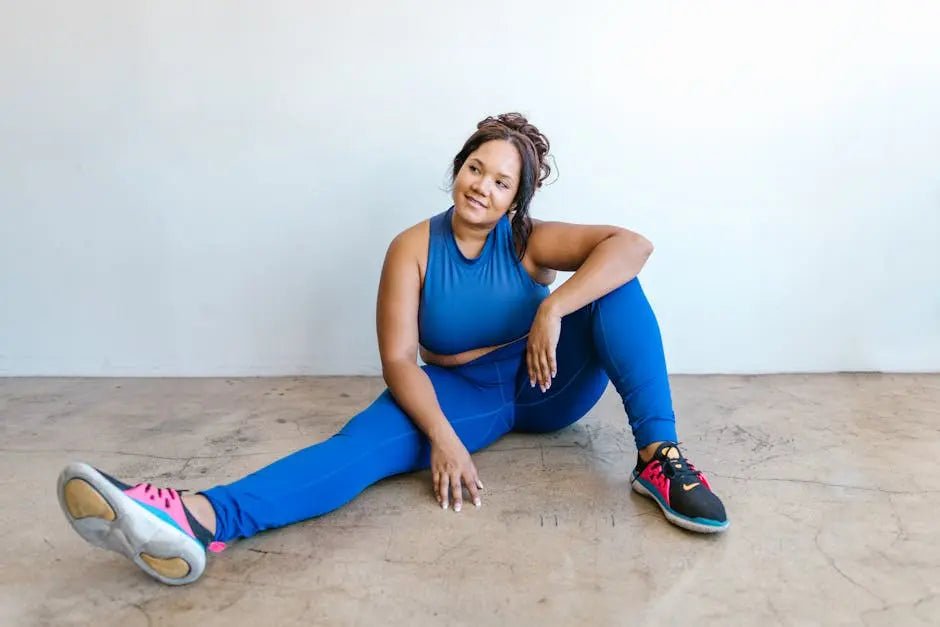What is the difference between activewear and sportswear when it comes to durability?
Activewear and sportswear are often used interchangeably, yet there is a distinct difference between the two, especially when it comes to durability. In this FAQ, we’ll explore these differences and help you make informed decisions when choosing what to wear for your workouts or leisure activities.
Defining Activewear and Sportswear
Activewear is clothing designed for flexibility and comfort during a variety of physical activities, while sportswear is typically more specialized for specific sports, emphasizing performance.
One of the primary differences lies in the purpose and occasion. Activewear is versatile and can be worn for nearly any physical activity—be it yoga, running errands, or lounging at home. On the other hand, sportswear is often crafted for specific sports. This means that a football jersey differs significantly in material and craftsmanship from a pair of yoga pants. Understanding this distinction can help in selecting the right attire for your activity needs.
While the lines between activewear and sportswear can sometimes blur, particularly with emerging trends in athleisure, the mainstay distinction comes from their intended functionality. For example, marathon runners may opt for specialized sportswear that offers enhanced breathability and moisture-wicking capabilities, specifically aiding their endurance training. This is in stark contrast to the casual yet functional vibe of activewear.
Fabric Differences and Durability
The durability of activewear and sportswear often comes down to the fabrics used. Activewear usually incorporates stretchy and breathable materials like spandex and polyester, while sportswear may use more robust fabrics depending on the sport.
When it comes to fabric selection, activewear primarily utilizes blends that offer ease of movement and comfort. Popular choices include nylon, which is both lightweight and robust, making it suitable for a variety of activities. In contrast, sportswear frequently integrates technical fabrics designed for durability in specific sports environments, such as abrasion-resistant materials for climbing or thick, sturdy fabrics for football gear.
Environmental conditions also play a significant role in the choice of fabrics. For instance, activewear might leverage water-resistant technologies to ensure comfort in damp conditions, whereas sports-specific gear could entail windproof fabrics for activities like skiing. These adaptations, while subtle, enhance overall garment life and resilience in their respective environments.
Design and Construction Impact
The design and construction of the clothing can greatly affect durability. Sportswear often has reinforced seams and specialized designs to endure rigorous activities, whereas activewear focuses on versatility.
Attention to details such as stitching, seam placement, and reinforcement is crucial in sportswear. For example, track suits might incorporate flatlock seams to reduce chafing and improve comfort during high-speed sprints. These factors contribute to the longevity and comfort of the wearer’s experience during high-pressure conditions. Activewear, while generally less specialized, does incorporate essential elements such as anti-odor treatments or UV protection to enhance daily wear.
The advancement of smart textiles and design innovation has also impacted both activewear and sportswear. Technologies such as moisture-wicking and anti-microbial properties are now commonplace, reducing the wear and tear caused by sweat and bacteria. This evolution highlights the increasing overlap in durability factors between these two clothing categories.
Intended Use and Longevity
Understanding the intended use is key. Sports-specific clothing tends to last longer under high-stress conditions. In contrast, activewear is ideal for low-to-moderate activities but may not withstand high-impact sports as well.
For athletes, investing in gear tailored to withstand the demands of their sport is essential. For instance, a cyclist’s jacket that can endure frequent bending and movement differs significantly from a typical fitness jacket in terms of durability. Conversely, someone participating in mild gym sessions or leisure wear might prioritize comfort and flexibility over rugged durability. Ensuring that your choice aligns with your primary activities is crucial for maximizing wear life.
Regular assessment of your wardrobe needs based on seasonal changes and activity shifts is equally important. By evaluating whether your current gear suits your lifestyle, you can make informed decisions about necessary upgrades or changes, ensuring your attire remains in peak condition for its intended purpose.
Wrapping It Up: Choosing the Right Gear
In conclusion, while both activewear and sportswear are designed to support physical activities, their durability can vary significantly. By understanding their fabric, design, and intended use, you can choose the right type of clothing to suit your needs and ensure longevity. To explore durable options for your lifestyle, visit our homepage.



